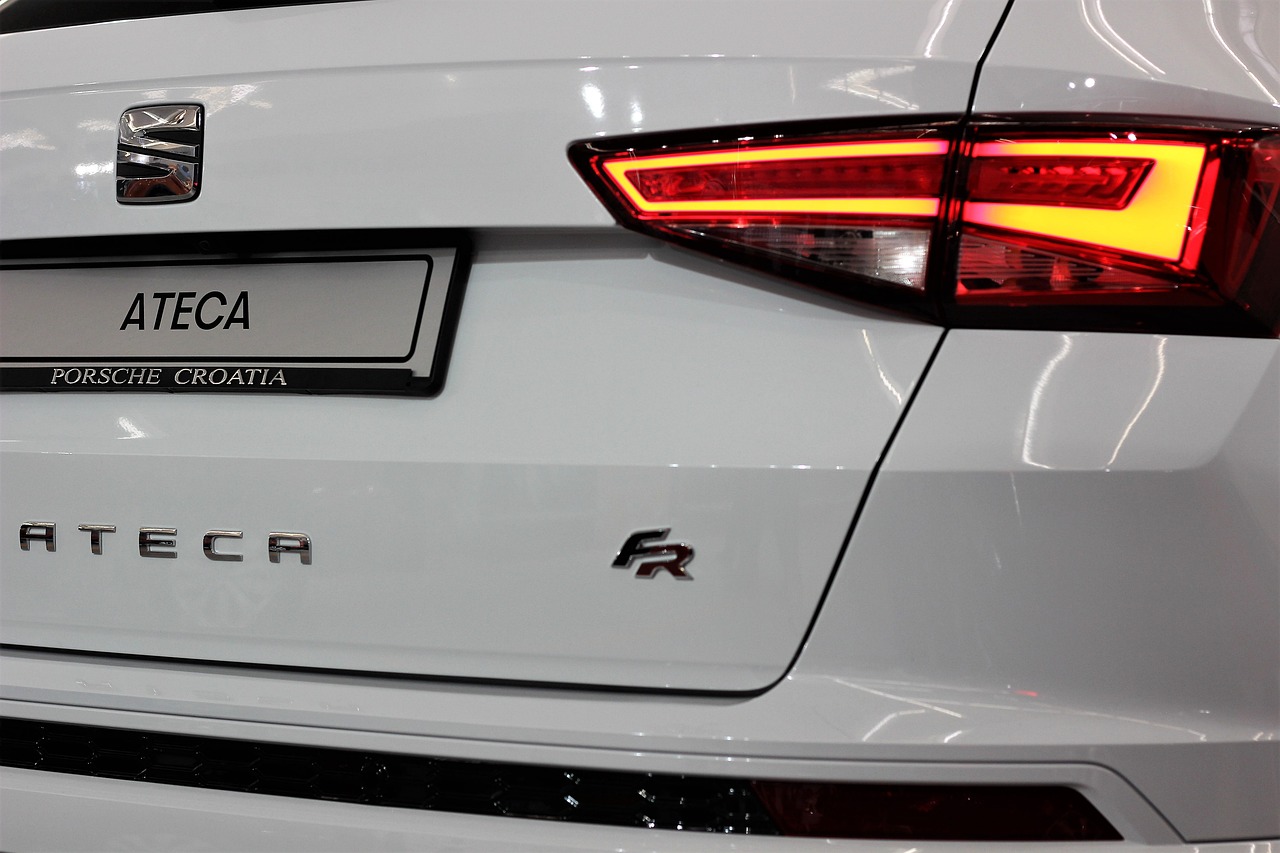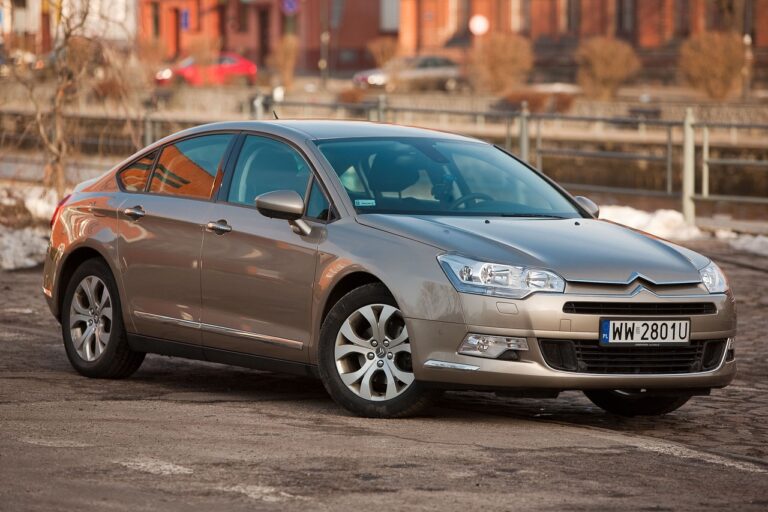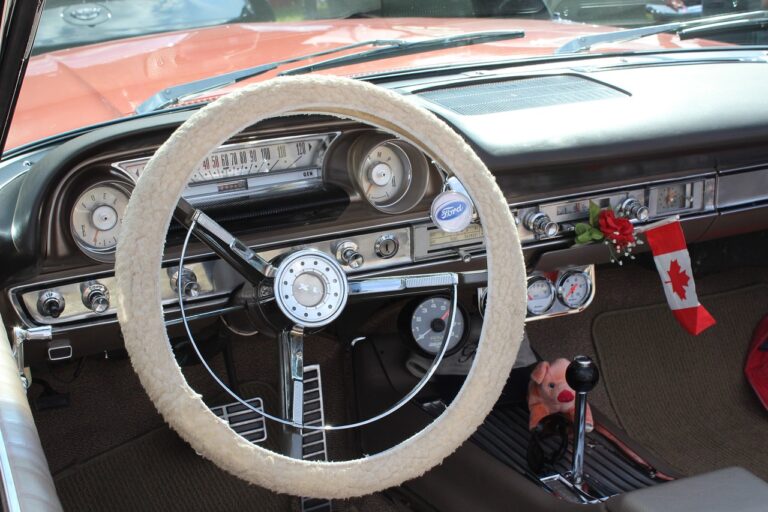The Psychology of Car Side Mirror Designs: Balance Between Style and Functionality
Car side mirror designs play a crucial role in shaping a driver’s perception of their vehicle. The size, shape, and positioning of side mirrors can impact a driver’s sense of security and control on the road. Studies have shown that sleek, aerodynamic mirror designs can evoke feelings of speed and agility, influencing the driver’s behavior behind the wheel.
Moreover, the aesthetics of side mirror designs can also influence a driver’s overall satisfaction with their vehicle. Aesthetically appealing mirror designs can enhance the perceived quality of the car and contribute to a positive driving experience. On the other hand, cumbersome or unattractive mirror designs may lead to dissatisfaction and a diminished sense of pride in one’s vehicle.
Understanding the Relationship Between Form and Function
The relationship between form and function in design is a crucial aspect that shapes the way we interact with products in our daily lives. When it comes to car side mirror designs, the balance between form and function plays a significant role in not only the aesthetics of the vehicle but also in enhancing safety and usability for the driver.
Car manufacturers often strive to create side mirror designs that are not only visually appealing but also practical in terms of providing optimal visibility for the driver. This integration of form and function is evident in the various shapes, sizes, and positioning of side mirrors on different car models. Ultimately, a well-designed side mirror not only complements the overall look of the vehicle but also serves its primary function of improving visibility and safety while driving.
How does the design of car side mirrors impact the driver’s psychological well-being?
The design of car side mirrors can influence the driver’s sense of safety and confidence while on the road. A well-designed mirror that provides clear visibility can reduce stress and anxiety while driving.
What are some examples of form and function working together in everyday objects?
Examples of form and function working together include smartphones with sleek designs that are also user-friendly, ergonomic office chairs that provide comfort and support, and kitchen appliances that are both stylish and efficient.
Why is it important to consider both form and function in product design?
Considering both form and function in product design ensures that the product not only looks good but also performs well. This leads to a better user experience and can enhance the overall enjoyment and usability of the product.
How can designers balance form and function in their creations?
Designers can balance form and function by prioritizing the needs and preferences of the end-users, conducting thorough research and testing, and being willing to make adjustments to their designs based on feedback.





